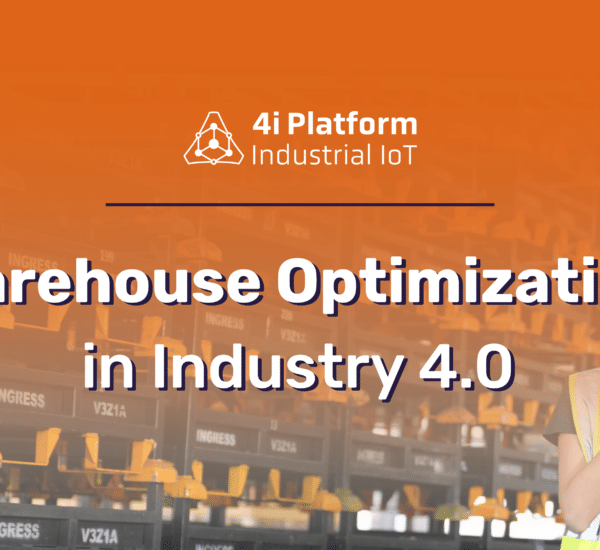A high percentage of machine or equipment manufacturers are trying to offer new services to their customers to enable additional revenue streams, and Industrial IoT technology provides a way to accomplish that goal.
Industrial machine manufacturers have been performing data analytics for years–since the 1950s. But, that data took a long time to collect, analyze, and then gradually be used to make operational decisions. Later the business adopted business intelligence tools, which led to improved analytics and decision-making. Today, the real value is coming to play as IIoT comes of age with machine learning and the start of artificial intelligence.
As IIoT evolves we are moving from data-assisted decision-making to automated decision-making in real-time.
Major manufacturers are turning to industrial IoT to help optimize efficiency, increase overall equipment effectiveness, and minimize costs. OEMs can get started with IIoT by bundling a small IoT gateway with their machines. The secret to taking that system one step further is to incorporate an edge computing platform.
These platforms are largely accepted as a solution to industrial IoT challenges for their ease, built-in security, and interoperability with varied legacy devices. The global smart manufacturing platform market is projected to grow from $4.4 billion in 2019 to $10.8 billion by 2024, according to MarketsandMarkets.
In order to see how OEM services have evolved, let’s think about a boiler manufacturer, for instance. Twenty years ago, a boiler was just a boiler–it just heated water. About 10 years ago the manufacturer may have added a connected sensor into the boiler to start collecting basic data points such as temperature and condensation.
Now, forward-thinking OEMs can easily bundle a small IoT gateway with an edge computing platform interior of the boiler to enable easily additional services and future revenue possibilities such as remote monitoring and predictive maintenance.
Rather than just collecting temperature and condensation data, they can offer remote monitoring services to allow the customer to adjust from afar when temperature gets too high. Or, over time they can use that valuable data to determine when something might go wrong using a predictive maintenance solution. Adding an edge computing platform with the IoT gateway gives them all of the brains they need for future application enablement at the Edge.
The Benefits of an Edge Computing Platform
Let us start by defining an edge computing platform to make sure we are all on the same page. An edge computing platform is installed on an iondustrial IoT gateway right alongside the asset on the factory floor.
Secure connectivity is one of the main purposes of the platform, and then the platform uses a local message broker to collect data from all the varied industrial apparatus and pre-processes, then filter, analyze, and store it locally. Then it makes the data available to other applications as needed, most often to the cloud.
The factory floor has a large variety of legacy systems, PLCs, and autonomous systems, all with varied protocols. As a consequence, most factories have a very large gap between old and modern gear keeping them from adopting new industrial IoT solutions.
One of the most common problems I see in factories is the need to join these varied physical devices to whatever end-user software application they are using from the cloud. In order to connect to a huge variety of systems, the OEM must adopt a device and network-agnostic industrial edge computing platform that can fill the gap and accommodate the various protocols and PLCs.
With a fantastic platform, the OEM can easily manage the flow of data and decision making between apparatus and cloud or on-premise applications.
An advantage computing platform bundled with an industrial IoT gateway can simplify connecting legacy systems and enabling new services.
Once all the machines on the factory floor (and at various locations) have a smart border computing platform, OEMs can also add a centralized management system to the Cloud to rapidly install, update, and manage applications across a large number of devices and locations.
Another word for this layer might be an advantage application orchestration layer. From the Cloud you can pull data from all the different pieces of equipment and manage all of the edge computing platforms at various websites.
Administrators can have full control on how devices are configured and monitored, and how applications are orchestrated from the cloud to edge devices to optimize and manage complex analytics, anomaly detection, and machine learning across all their edge devices. The management layer also provides a central portal to track the status of gear, push updates, and alert customers to potential issues.
The Benefits of Industrial IoT Increase Over Time
Upon adding the IoT gateway and edge computing platform next to a device on the factory floor, OEMs can offer their customers and users a basic service–typically real-time data visualization via a web-based or mobile app.
Extracting data from a machine or asset that the customer already owns and visualizing data points is a good way to begin. However, as the market grows and matures, the OEM can start to envision other features and see the opportunity to enable several services that will attract customers and add additional revenue streams.





